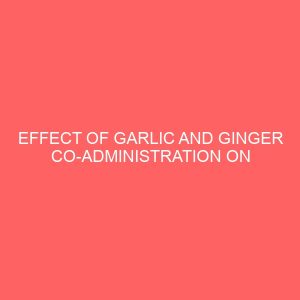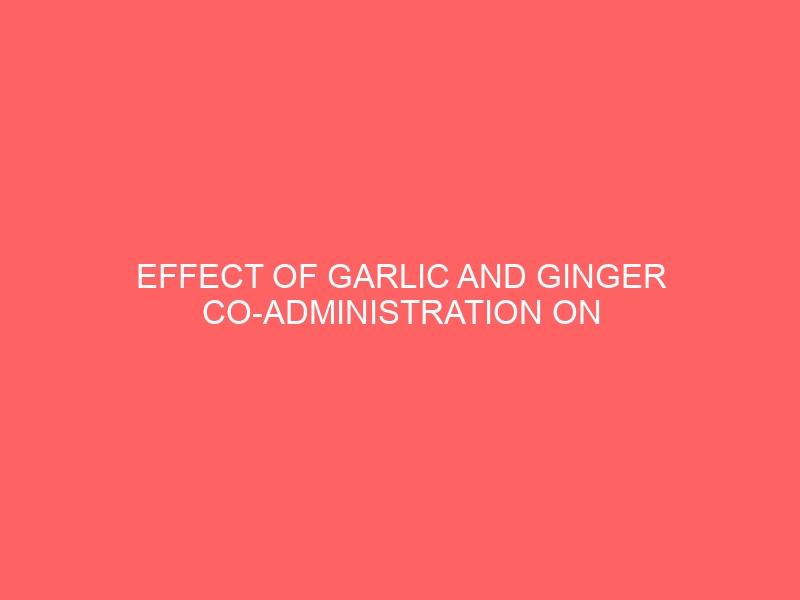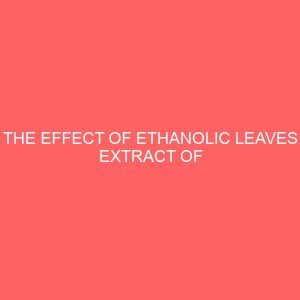Description
Effect of garlic and ginger co-administration on serum glutathione levels of Wistar rat exposed to vanadium, lead and arsenic.
Abstract
Oxidative stress in blood and other soft tissues has been postulated to be one of the possible mechanisms of heavy metal-induced toxic effects. Therefore, this present study aims at evaluating the abrogative effects of garlic and ginger co-administration on serum antioxidants in Wistar rats exposed to arsenic (As), vanadium (V) and lead (Pb) by assaying for the serum glutathione (GSH) level. Thirty-five wistar rats weighing 100-150g were randomly divided into seven (7) groups of five (5) animals each and were administered treatments as follows Group A (normal control) received distilled water only group B (HM only) received sodium arsenite (2.5 mg/kg b.wt), lead acetate (60 mg/kg b.wt) and vanadium pentaoxide (9.8 mg/kg b.wt) group C (HM + GI1 + GA1) received HM + ginger (100 mg/kg b.wt) + garlic (100 mg/kg b.wt) group D (HM + GI2 + GA2) recieved HM + ginger (200 mg/kg b.wt) + garlic (200 mg/kg b.wt) group E (HM + VITC) recieved HM + vitamin C (100 mg/kg b.wt) group F (GI1 + GA1) received ginger (100 mg/kg b.wt) + garlic (100 mg/kg b.wt) and group G (GI2 + GA2) recieved ginger (200 mg/kg b.wt) + garlic (200 mg/kg b.wt). All treatments were orally administered daily, for four weeks. From the results of this study, arsenic, lead and vanadium exposure provoked a 26.3% increase in the GSH level when compared to the normal control group. From the study ginger (Zingiber Officinale) and garlic (Allium sativum) were also shown to enhance the GSH levels of a normal rat and its efficiency almost on par with vitamin C, a well-known potent antioxidant.








Reviews
There are no reviews yet.